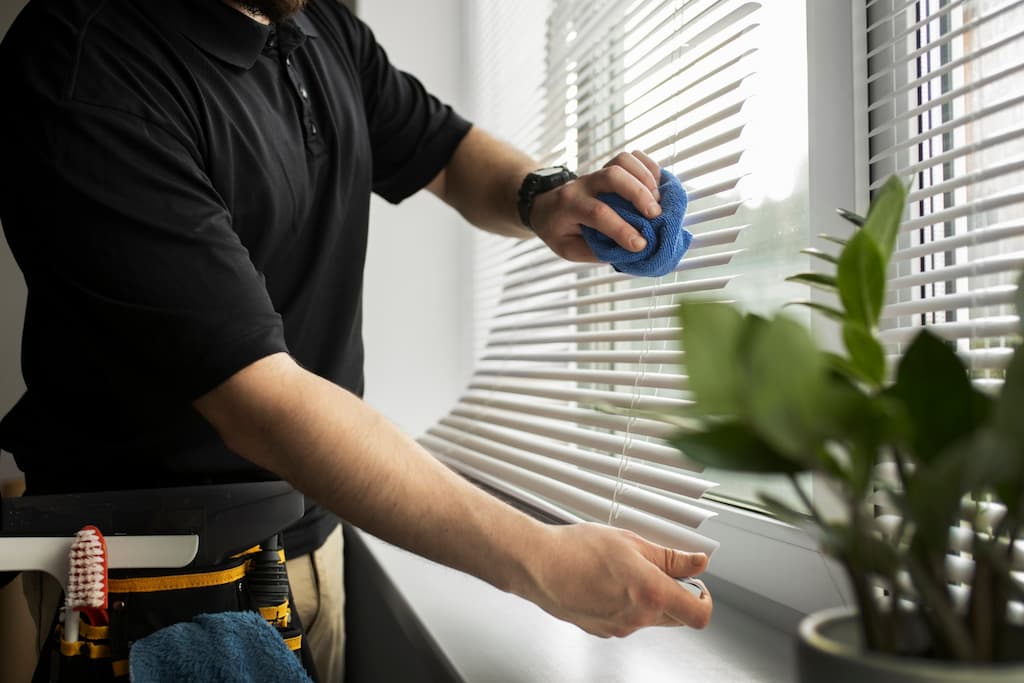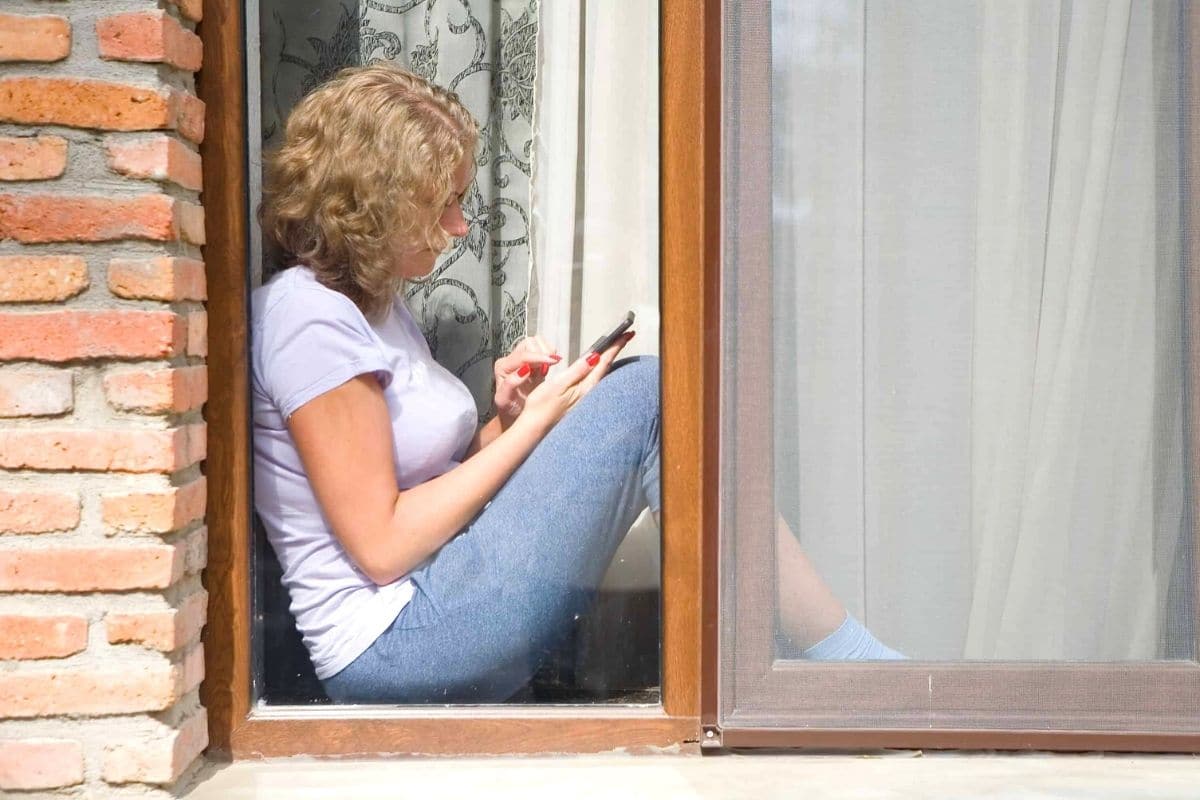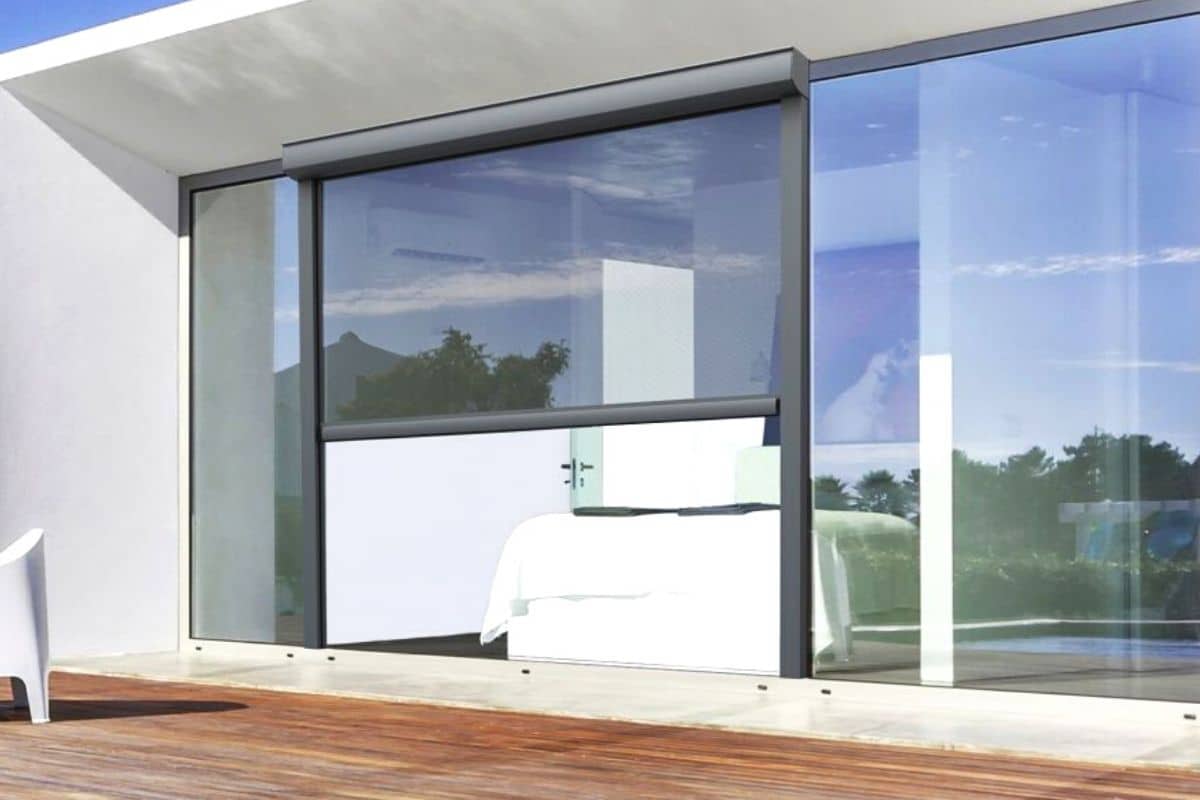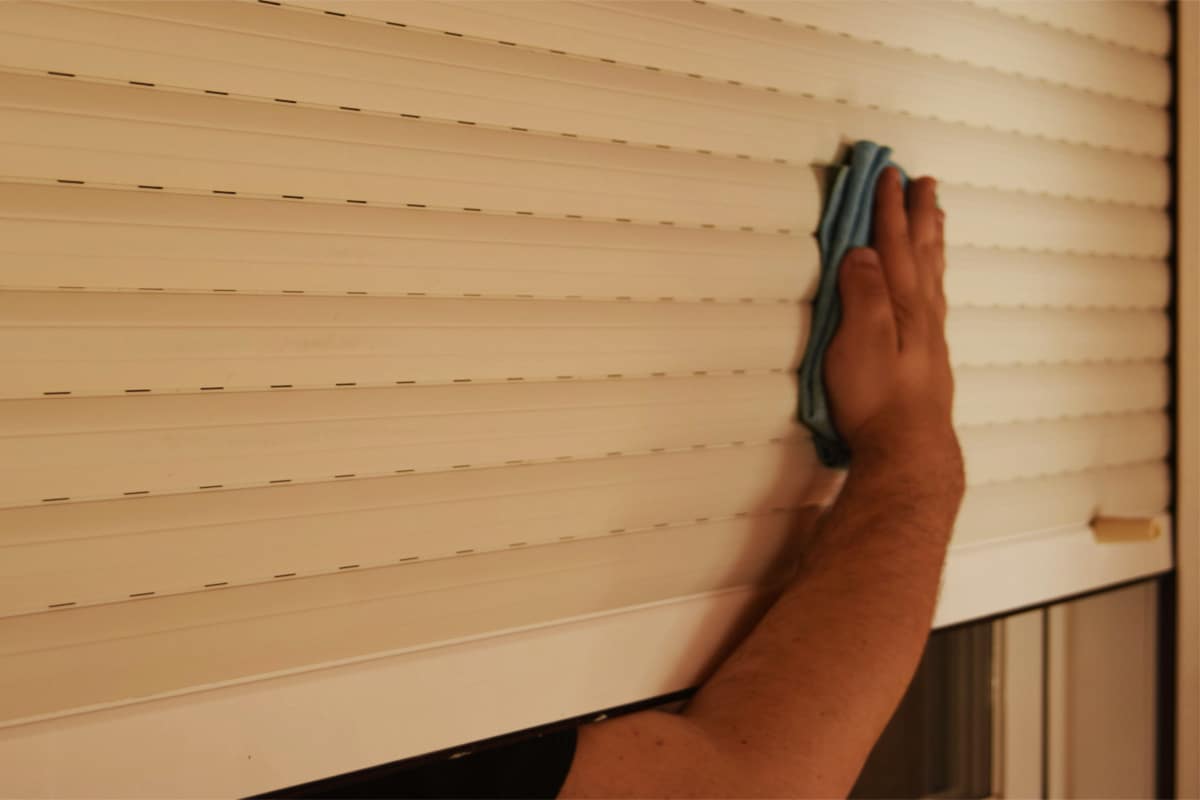What is the difference between building automation and home automation?

The difference between building automation and home automation is simpler than it seems. In the main, they are distinguished by where they are installed. But, if you want to know more, don't miss what we have to tell you in this post!
What is a home automation system?
First of all, it is worth recalling what is home automation. This is the set of technologies that are responsible for the control and intelligent automation of the home. These systems offer efficient energy management, providing greater productivity of the building, in favour of the safety and well-being of those who live in the home.
As a general rule, home automation is restricted to the family environment. You can controlling motorised blinds with home automationas well as electrical appliances, lighting, heating and air conditioning.
In the Sistemas24H blog, we also teach you how to choose the best home automation system.
What is an inmotic system?
Broadly speaking, the building automation technology differs from home automation systems in that the place where it is established.
In other words, they are distinguished by the scale used, given the size of the space where the installation is to be carried out.
It could be said that building automation is the home automation for hotels and similar properties.
It should be clarified that what has a presence in a large building can be adjusted to a family residence (and vice versa).
Difference between home and building automation
Among the characteristics of home automation and building automation, there is the energy saving, as well as the ease of managing the installations. However, there are several differences.
Type of property and scale of the system
The main difference between building automation and home automation is the scope of each.
As we have already mentioned, home automation is applied to communal dwellings or family property.
Whereas inmotic systems are installed in larger sites such as hotels, shopping centres or hospitals.
Where else can we find building automation?
- Airports
- City councils
- Cinemas
- Gyms
- Museums
- Student residences
Applications
When we carry out a home automation installation project, we will use simpler sensors and actuatorsThe following functions are targeted at specific functions: Lifting venetian blindslighting control, temperature sensors for air conditioning, etc.
However, with building automation systems, the applications are growing in number and form. In order to simplify all the tasks to be carried out in the building, all functions of the sensors and actuators are centralised:
- Regulating the heating.
- Controlling refrigeration in warehouses.
- Automate ventilation in air conditioning.
- Control cameras, alarms and security shutters.

Prices and costs
When it comes to the prices of home automation systems, we can come across all kinds of varieties and famous manufacturers. A standard home automation system can cost:
- Between 1,000 and 2,000 euros: basic equipment for a small flat with 2 bedrooms.
- Up to 20,000 euros: premium equipment for a luxury 4-bedroom villa (excluding installation costs).
The cost of a building automation system will vary mainly according to the size of the building, the systems to be automated and the cost of the wiring work.
To give you an idea, the cost of a basic building automation system can be in the following range between 20,000 and 50,000 eurosIf we are talking about a building of 300-500 square metres.
In another post, we tell you what is the budget for installing home automation in a house?.
Installation
Today, in home automation systems, we are seeing a trend of WiFi implementation in almost all the devices we use at home. TVs, air conditioning, LED lights, smart plugs, video or music players... Most of them use a distributed (or, failing that, mixed) architecture. So wired systems are disappearing from the home. In short, home automation goes wireless.
On the other hand, the most common in the field of building automation is centralised or distributed architecture. Typically, a wired interconnected system is used, as well as some secondary wireless control system. Compared to a home, in a large building, higher levels of security and control of automated systems are desired. This is because there are more risks and more significant losses.
Find out in another article how to install a home automation system, quick and easy!
Accessibility and communication
In our country, an estimated 3 million 800 thousand people suffer from some kind of disability. Fortunately, home automation can be of great help to this group.
The benefits of home automation for accessibility range from day-to-day life in the home to the relationship with the environment. In other words, home automation offers a better communication between people with their families and friends, as well as home help and telecare benefits.
Inmotic systems, on the other hand, allow a more efficient management of energy resources, providing improved user welfare. Controlling irrigation equipment, machinery, air conditioning, water management... All this in a much more comfortable way.
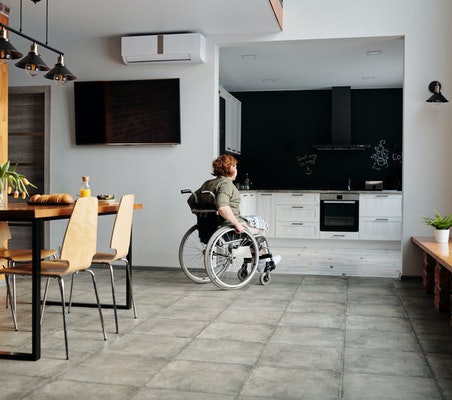
Home and building automation for intelligent buildings
The advantages of home automation and building automation are similar, as we are talking about two systems that aim at the automated management of a building in order to:
- Saving.
- Use energy more efficiently.
- Respect the environment.
- To achieve greater security.
- Enjoying greater comfort.
In a nutshell...
Now you know the difference between building automation and home automation. We hope that this text will help you to distinguish between the two types of systems. To continue to make your life easier, we leave you with this table as a summary:
| Differences | Domotic system | Inmotic system |
| Scale of the system | Smaller (households and dwellings). | More powerful (hotels, companies and other large properties). |
Applications | Focused on domestic functions. How to program the uploading of roller blindsThe system can also be used to switch off lights or to activate the heating. | Capable of solving complex functions simultaneously such as irrigation, cooling, database, video surveillance. |
| Prices and costs | 1,000-20,000 euros. | 20,000-50,000 euros. |
| Installation | Mostly wireless (occasionally some wired system). | Mostly wired (occasionally some wireless). |
| Accessibility | It allows all members of the family to control the system. | It helps to achieve more efficient management of all automated equipment. |

